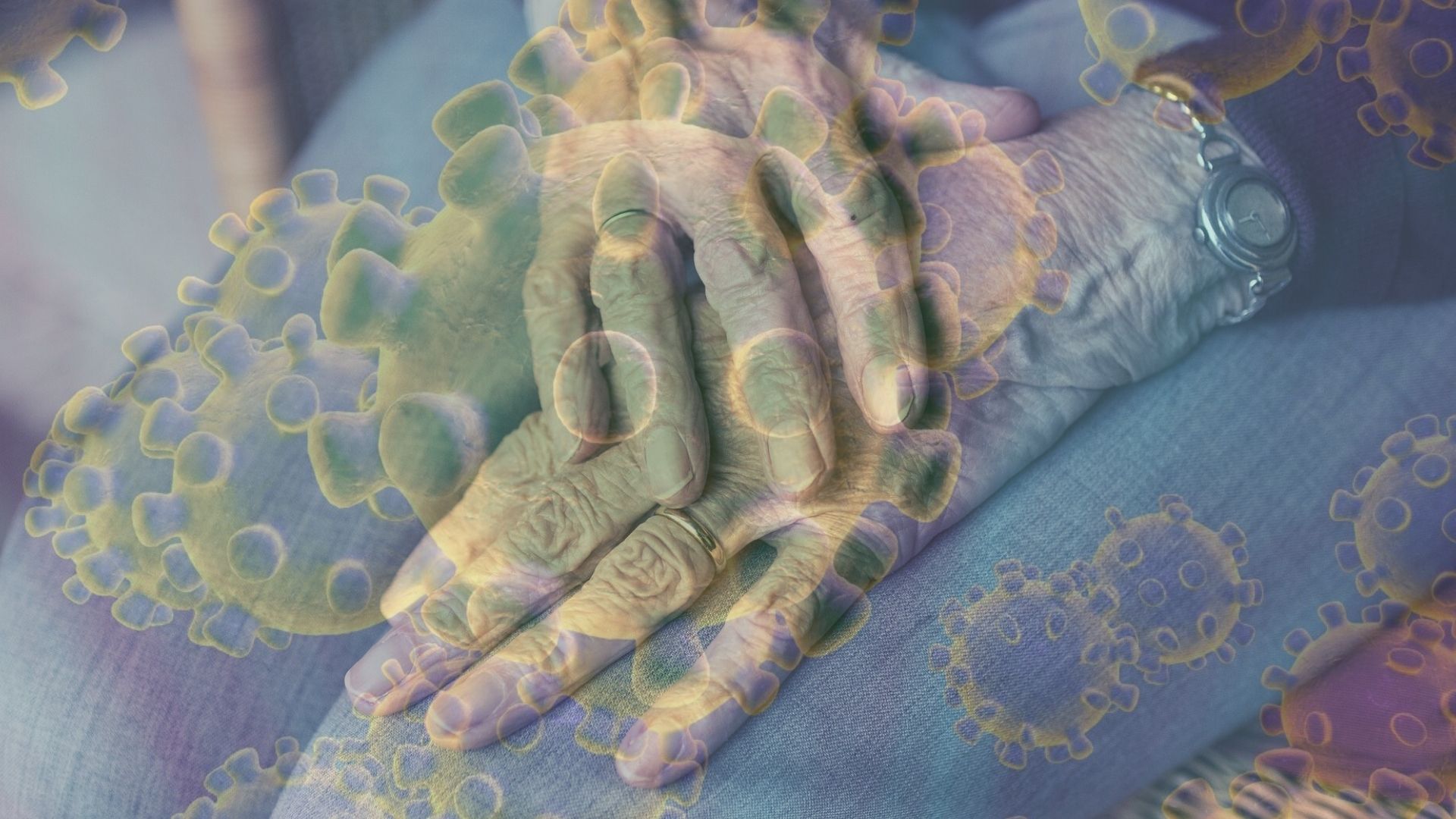
Last week, we wrote an article about the benefits of voice control, when it comes to hygienically controlling your smart home in a time of a global pandemic – also known today as COVID-19.
We touched on the advantages voice control can offer to the aged care and disability sectors, but after receiving some positive feedback, we thought we ought to dive deeper into this discussion, given the current Coronavirus situation.
As we know, Coronavirus is extremely contagious and can stick on surfaces for two to five days (figure 1). Hand washing and sanitising is vitally important, and anything that can minimise physical touch must also be explored.
Smart home automation in itself provides greater convenience and control for those less able to look after themselves, for example; “scenes” can control multiple devices at one time, meaning a person can touch less and do more in one go. With less touching comes a lower risk of infection, both for residents and for those caring or visiting their loved ones.
As mentioned in last week’s article, the Australian Government has recently introduced visitor limitations to aged care facilities to reduce the chance of transmission. They are not stopping families from visiting altogether, as that would cause high levels of emotional stress. Instead, facilities are allowed to determine visiting rules on a case by case basis, within reason.
Even with these tougher restrictions in place, it is just as important for every facility to maintain the highest possible level of hygiene. This is where, not only voice control but facial recognition and sensors, can be exceptionally effective.
- Voice activation of lights, blinds and TV’s can eliminate the bacteria transmission associated with the touching of switches, buttons or remotes.
- Door locks can be operated by facial recognition, reducing the requirement for physical interaction with a switch or lock.
- Finally, sensors reduce the need for unnecessary interventions, as well as providing early warning signs, in one example we worked with, a sensor alerted carers that a resident visited the bathroom more frequently in the night, thus allowing early treatment for a bladder infection and potentially preventing a trip to the hospital at a later date.
Google Home Mini - Charcoal
Amazon and Google are the primary smart speaker providers in Australia and while they are getting smarter, there are still some limitations in certain contexts, such as aged care and disability. Good news is specialist software platforms to get around these limitations are splashing into the market. This means there are tailored solutions available, that make use of Amazon Alexa and the Google Assistant capabilities, thus allowing aged care and disability providers to deliver an all-inclusive smart home living experience to residents, with voice control, facial recognition and sensors. There are also some specialist hardware providers focused on voice commands in this space.
With this in mind, automation solutions like this can ensure hygiene is kept to the highest standard – meaning residents are less likely to pick up the potentially dangerous bacteria transmitted through touch.
As an example, leading disability provider, St John of God Accord, built a technology-enabled home in Brighton, Victoria last year. Quantify’s qDevices were installed into the home, as part of a wider technology solution, to enable residents to live safer, more independent (and hygienic) lives.
Take a look at this video in the home, to get an idea of what can be achieved, when technology providers partner up to bring an all-inclusive solution to life: